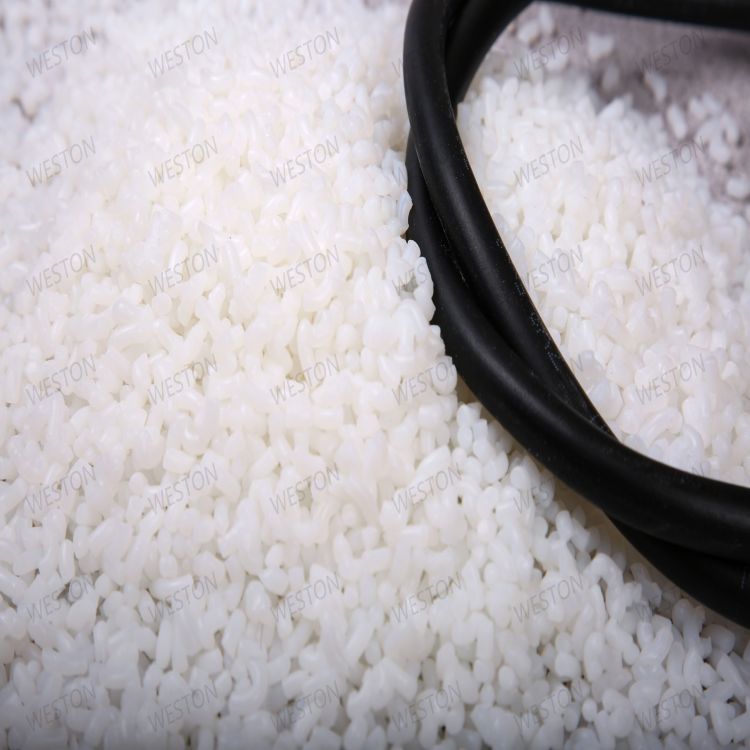-
Categories
-
Pharmaceutical Intermediates
-
Active Pharmaceutical Ingredients
-
Food Additives
- Industrial Coatings
- Agrochemicals
- Dyes and Pigments
- Surfactant
- Flavors and Fragrances
- Chemical Reagents
- Catalyst and Auxiliary
- Natural Products
- Inorganic Chemistry
-
Organic Chemistry
-
Biochemical Engineering
- Analytical Chemistry
- Cosmetic Ingredient
-
Pharmaceutical Intermediates
Promotion
ECHEMI Mall
Wholesale
Weekly Price
Exhibition
News
-
Trade Service
11.
2.
3.
1 Scope of application
Suitable for sample preparation and liquid chromatography-tandem mass spectrometry for the detection of enrofloxacin, danofloxacin, ciprofloxacin, sarafloxacin, orbifloxacin, difloxacin and maribofloxacin residues in milk and milk powder Determination
.
Method detection limit: Enrofloxacin, danofloxacin, ciprofloxacin, sarafloxacin, orbifloxacin, difloxacin and maribofloxacin in milk are all 1μg/kg; Enrofloxacin in milk powder , danofloxacin , ciprofloxacin , sarafloxacin , orbifloxacin , difloxacin and marbofloxacin are 4ug / kg
11.
2.
3.
2 Principle of the method
The sample was extracted with acetonitrile and phosphate buffer solution, purified by OasisHLB solid phase extraction column, eluted with 5% ammonia methanol solution, determined by liquid chromatography-tandem mass spectrometry, and quantified by external standard method
.
11.
2.
3.
3 Reagents and materials
Methanol, acetonitrile, phosphoric acid, formic acid: chromatographically pure; disodium hydrogen phosphate (Na 2 HPO 4 : 12H 2 O), potassium dihydrogen phosphate (KH 2 PO 4 ), ammonia water: excellent grade pure
.
5% ammonia methanol solution: pipette 50mL ammonia water and mix with 950mL methanol; formic acid solution (pH=3.
0): measure 500mL water and adjust the pH to 3.
0 with formic acid; 25% methanol solution: measure 250mL methanol and dilute with water to 1000mL
.
Methanol-formic acid solution (15+85, v/v): Measure 30 mL of methanol and mix with 170 mL of formic acid solution
.
Standard material purity: ≥95%
.
Standard stock solution: 0.
1mg/mL
.
Accurately weigh an appropriate amount of each standard substance, prepare a standard stock solution of 0.
Mixed standard intermediate solution: 1μg/mL
.
Draw 1mL of the standard stock solution into a 100mL volumetric flask, and dilute to the mark with methanol
Mixed standard working solution: Use the blank sample extract to prepare mixed standard working solutions of different concentrations as needed, and store the mixed standard working solutions at 4°C
.
OasisHLB solid phase extraction column or equivalent: 60mg, 3mL
.
Before use, use 5mL methanol, 5mL water and 5mL phosphate buffer solution to activate, keep the column moist
11.
2.
3.
4 Instruments and equipment
Liquid chromatography-tandem quadrupole mass spectrometer, equipped with electrospray ion source; analytical balance: sensitivity 0.
1mg and 0.
01g; vortex oscillator; solid phase extraction device; nitrogen drying instrument; vacuum pump: maximum negative pressure 80kPa ; PH meter: measurement accuracy ± 0.
02pH unit; liquid reservoir: connected to the OasisHLB solid phase extraction column through an adapter; centrifuge; rotary evaporator; graduated centrifuge tube: 10mL
.
11.
2.
3.
5 Sample pretreatment
(1) Sample preparation
Take the milk out of the refrigerator, place it at room temperature, shake well, and set aside
.
The milk is stored in a refrigerator at 4°C and protected from light, and the milk powder is stored at room temperature and protected from light
(2) Extraction
a.
Milk sample: Weigh 2g sample, accurate to 0.
01g, place it in a 50mL plastic centrifuge tube with a stopper, add 10mL acetonitrile, shake and extract on a vortex shaker for 1min, centrifuge at 5000r/min for 5min, and filter the supernatant.
Add 5 mL of phosphate buffer solution and 10 mL of acetonitrile to the residue, repeat the above steps, combine the supernatants, and rotary evaporate at 50°C until all the acetonitrile is evaporated
.
Add 5mL phosphate buffer solution and mix well
b.
Milk powder sample: Weigh 0.
5g sample, accurate to 0.
01g, place it in a 50mL plastic centrifuge tube with a stopper, add 6mL phosphate buffer solution, vortex to mix, then add 10mL acetonitrile, and shake in a vortex shaker Extract for 1 min, centrifuge at 5000r/min for 5 min, filter the supernatant into a chicken heart bottle, add 5 mL of phosphate buffer solution and 10 mL of acetonitrile to the residue, repeat the above steps, combine the supernatants, and rotary evaporate at 50°C until the acetonitrile is completely evaporated Out
.
Add 5mL phosphate buffer solution and mix well
(3) Purification
Transfer the sample solution obtained in the extraction step to the reservoir, and then wash the core bottle with 5 mL of phosphate buffer solution, combine the washing liquid into the reservoir, and pass through the HLB solid phase extraction cartridge at a flow rate of about 1 mL/min.
After the sample solution has completely flowed out, it is rinsed with 4mL water and 4mL 25% methanol aqueous solution successively, drained, and eluted with 4mL 5% ammonia methanol solution in a 10mL graduated centrifuge tube.
Stop concentration at 0.
2mL, dilute to 1mL with methanol-formic acid solution, centrifuge at 5000r/min for 5min, and pass through 0.
2μm filter membrane for liquid chromatography tandem mass spectrometry analysis
.
(4) Preparation of blank matrix solution
Take 2g of milk negative sample and 0.
5g of milk powder negative sample, and operate according to the above extraction and purification steps
.
Related links: Linear range and detection limit of 14 quinolones residues in honey







